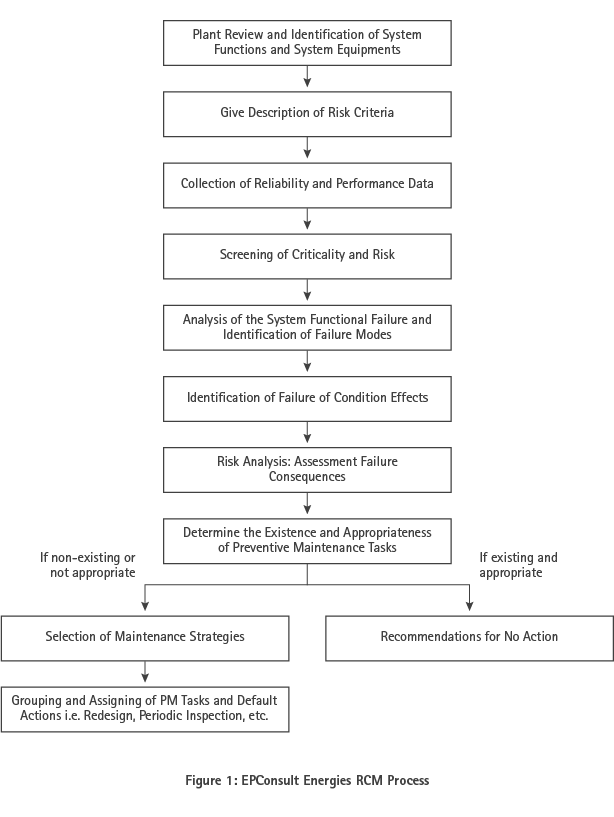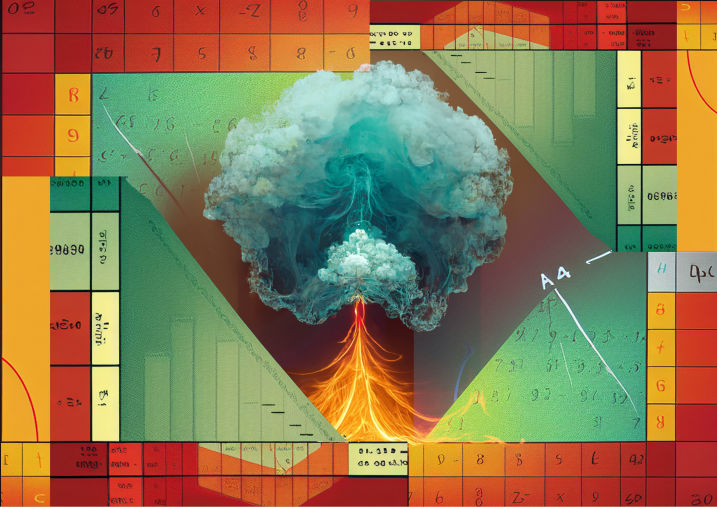The goal of the reliability-centred maintenance (RCM) method is to provide reliability and availability at the lowest cost by developing maintenance tasks and frequencies to achieve them. RCM techniques can be used to create a cost-effective maintenance blueprint to identify risk criteria, the symptoms of system functions, and address the main causes of systems failure and equipment failure. It requires that maintenance decisions are based on maintenance requirements supported by sound technical and economic criteria.
The following are the main constituents of the RCM technique:- System functions;
- System functional failures;
- System equipments;
- Performance standards;
- Failure modes;
- Failure effects;
- Failure consequences;
- Preventive tasks; and
- Default actions.
RCM is closely related to, and takes its form from FMECA It is an approach which places emphasis on analysing the system functions, function failures, and prevention of these failures.

The RCM method employs Proactive Maintenance techniques such as Planned Preventive Maintenance (PPM), Predictive Testing and Inspection (PT&I) and Repair (reactive maintenance) in an integrated manner to increase the probability that a component will function as required over its design life and optimise operational expenditure considerations, and to combine this with safety and environmental considerations.
EPConsult Energies employs the highest standards in our RCM studies. Our RCM execution is flexibly tailored towards your preventive maintenance needs. It is formalised in systems with decision flow diagrams, worksheets and tables. It describes the outcomes in terms of the preventive tasks and default actions.
As part of our best practices for RCM, all data gathered for use will be subject to review and validation by our nominated consultant before being established in a data manual for use.
Related studies to consider are Risk Based Inspection (RBI) and Reliability Availability and Maintainability (RAM).








